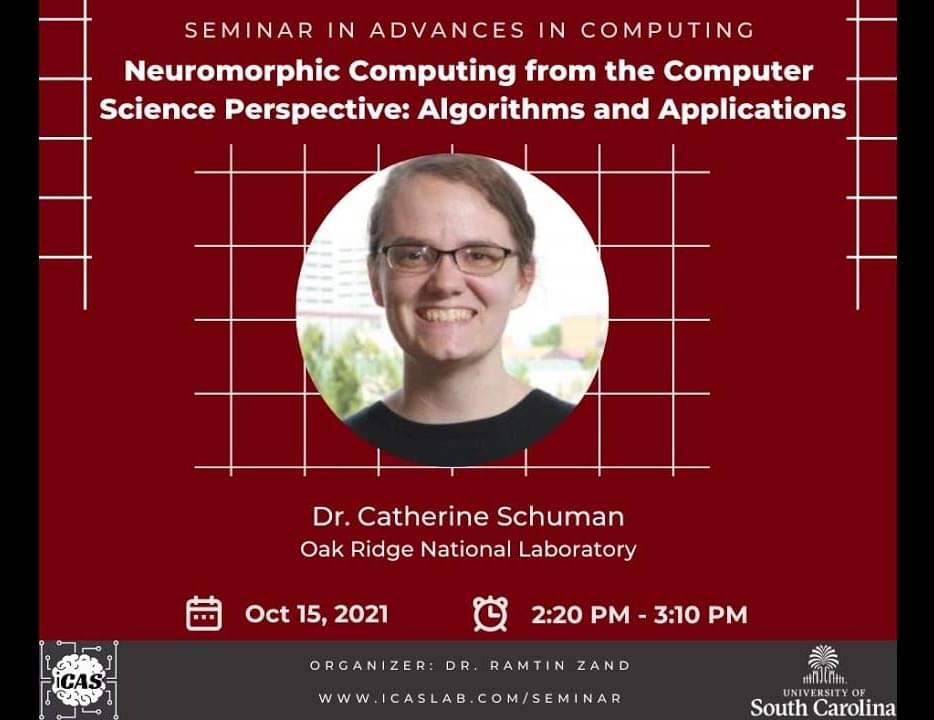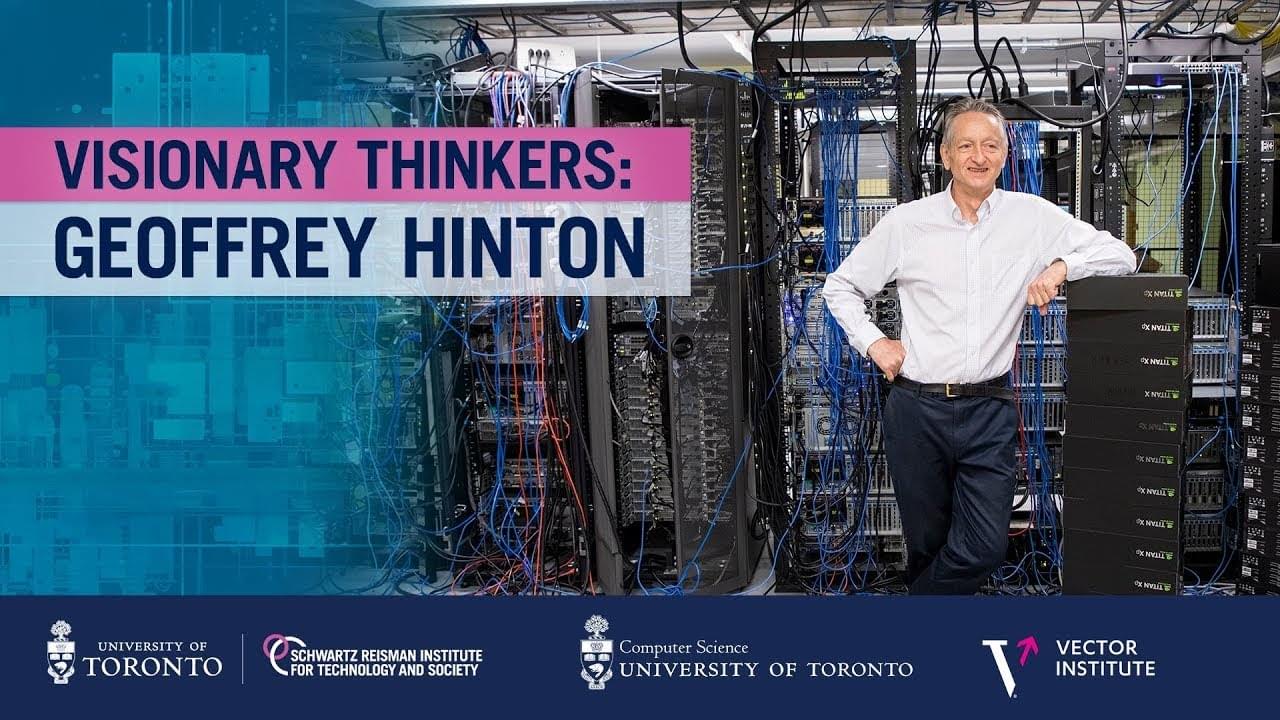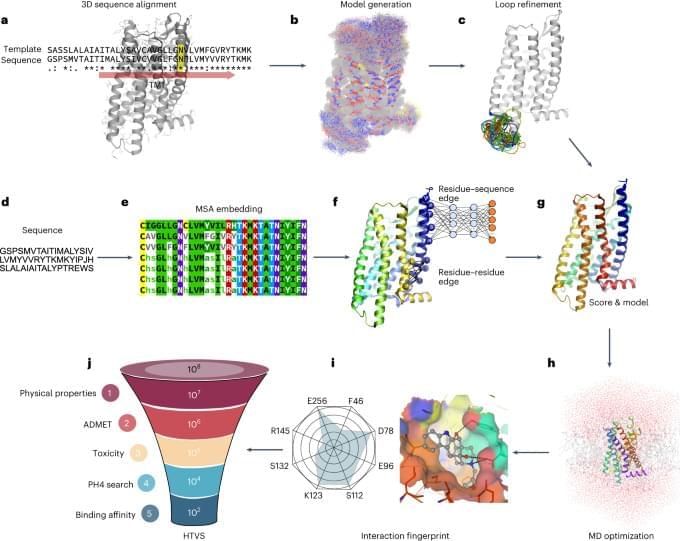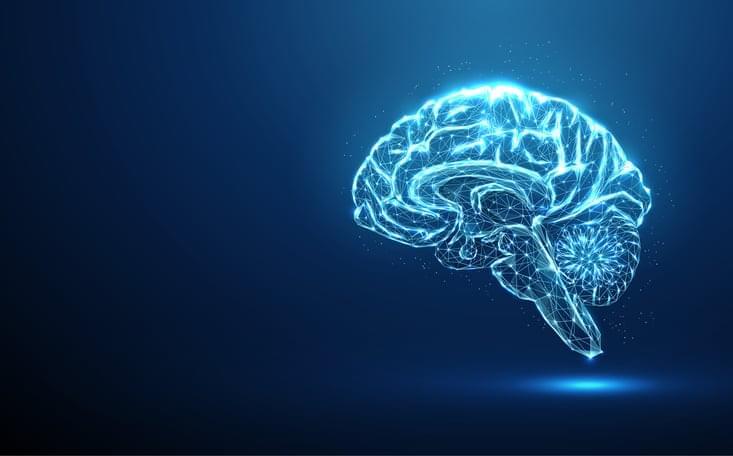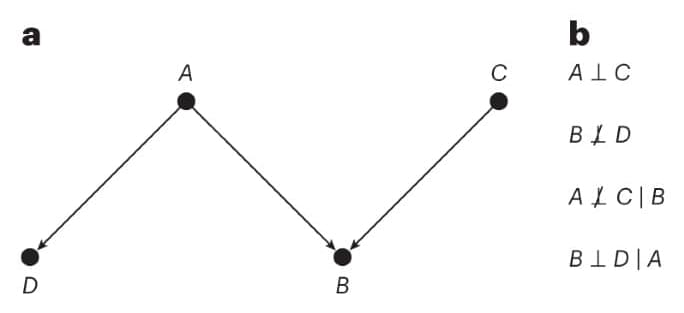Feb 21, 2024
Neuromorphic Computing from the Computer Science Perspective: Algorithms and Applications
Posted by Dan Breeden in categories: information science, robotics/AI, science, transportation
Speaker’s Bio: Catherine (Katie) Schuman is a research scientist at Oak Ridge National Laboratory (ORNL). She received her Ph.D. in Computer Science from the University of Tennessee (UT) in 2015, where she completed her dissertation on the use of evolutionary algorithms to train spiking neural networks for neuromorphic systems. She is continuing her study of algorithms for neuromorphic computing at ORNL. Katie has an adjunct faculty appointment with the Department of Electrical Engineering and Computer Science at UT, where she co-leads the TENNLab neuromorphic computing research group. Katie received the U.S. Department of Energy Early Career Award in 2019.
Talk Abstract: Neuromorphic computing is a popular technology for the future of computing. Much of the focus in neuromorphic computing research and development has focused on new architectures, devices, and materials, rather than in the software, algorithms, and applications of these systems. In this talk, I will overview the field of neuromorphic from the computer science perspective. I will give an introduction to spiking neural networks, as well as some of the most common algorithms used in the field. Finally, I will discuss the potential for using neuromorphic systems in real-world applications from scientific data analysis to autonomous vehicles.
